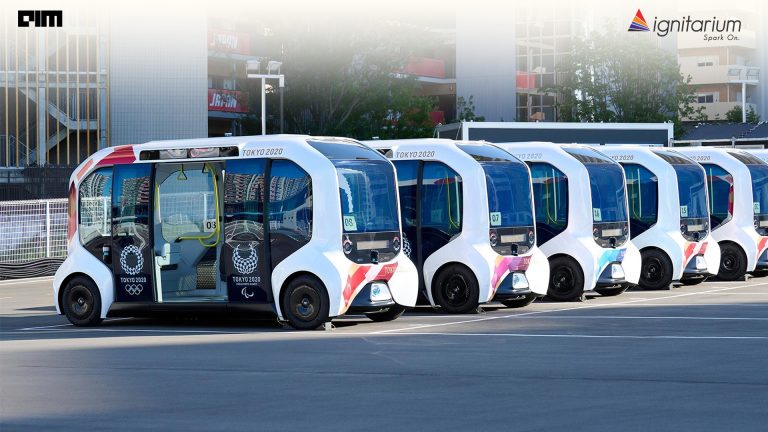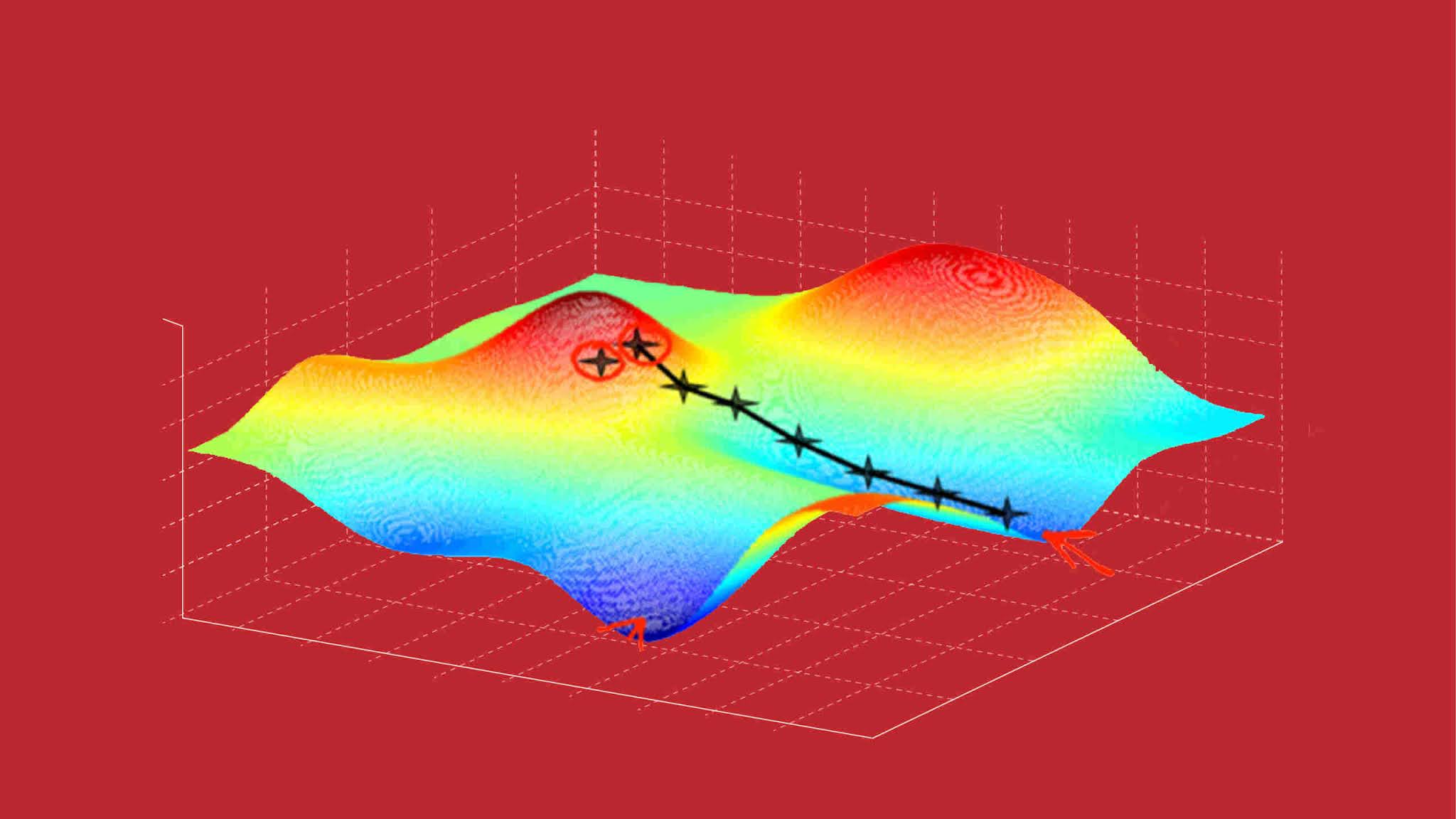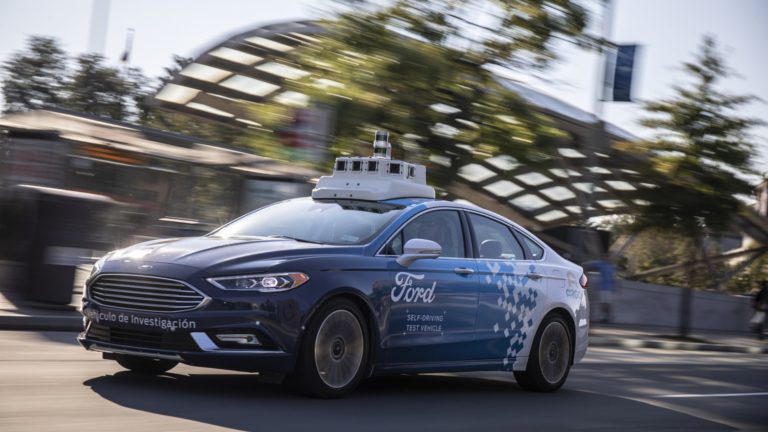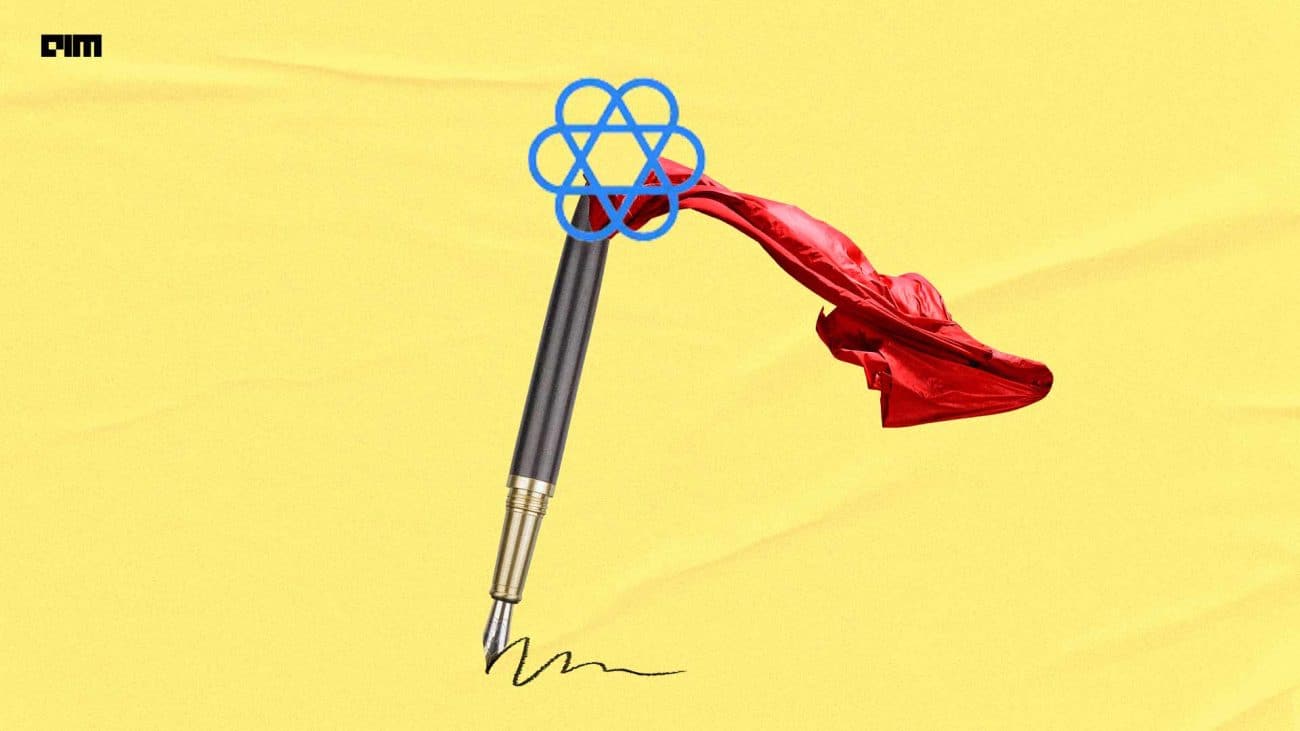Traditional analytics have been helping businesses by informing them about the latest trends, which they use to take measures to develop strategies for growth. But in reality, what these organizations are doing is not developing analytics solutions. Instead, they are just governing it. Today data-driven analytics is all about asking the right questions and getting the relevant answers – all while exploring the potential of data.
What Is Autonomous Analytics?
The words autonomous analytics do not merely mean a combination of artificial intelligence (AI) and automation. Autonomous analytics is the application of machine learning (ML) to enhance and make human judgements. This gives businesses many opportunities to improve their decision making and predictive abilities as the data becomes more complicated.
It is a fact that ML is the key to autonomous analytics. Still, it does not involve writing millions of lines of code with several business rules hardcoded in them to make it more complicated and expensive to maintain. What autonomous analytics brings to the table is the ability to self-learn algorithms that get better with the growing volume of data. What is more, these algorithms modify themselves as more data comes in along with more evaluated actions.
How Is Autonomous Analytics Helping?
Autonomous analytics is adaptive as well. The main thing for a system is to understand the context of the business – what it is, where it is, and what it needs to know. Usually, the business analytics value chain starts with the discovery of data, and then moves on to preparing and augmenting it. The next steps involve analysis, modelling and finally, prediction. Autonomous analytics becomes adaptive and autonomous by applying ML to this value chain.
When it comes to discovering data and preparation stages, autonomous analytics involves finding useful datasets across many sources. This involves understanding which datasets can be accessed and what their quality is. It also includes receiving automated recommendations for data standardization, cleansing, and enrichment.
When it comes to visualization, autonomous analytics helps automatically generate insights. Rather than starting on a blank canvas, one can have automatically generated insights which are based on correlations and patterns in the data that the systems identify. This speeds up analysis and delivers quick real-time insights.
Along with helping the business analytics value chain, autonomous analytics systems help in answering the most critical questions when it comes to business intelligence and analytics: ‘What happened’, ‘Why it happened’, and ‘What will happen.’ Human workers who drive today’s business visual tools tell organizations’ what happened’ but not ‘why it happened and ‘what could happen next’. The current need for data science and analytics is to ask and know the answers to all three questions.
Autonomous analytics uses ‘Active Seek’ bots as a solution. These bots will seek answers to the questions the organizations need, along with evolving and gaining the ability to perform and answer all three questions. They use something called attribution analysis to answer questions about ‘why things happened’ and use predictive analysis to know ‘what will happen next’. Getting predictions about ‘what will happen’ is critical. It helps businesses understand performance and also take measures as they operationalize the predictions.
Outlook
What the current generation of businesses need is the ability to generate business insights at high speed. Generating these high-speed insights not only reduces the load on humans and accelerates the value chain, but also helps lower costs, reduce risks and get high-end predictive insights. Autonomous analytics promises all those things. Services like Oracle Autonomous Analytics are already aiming for that. Autonomous analytics provides insights on every decision wherever it matters, at the right time and in context. It is then, safe to say that it may be the key to the future of analytics.




















































































